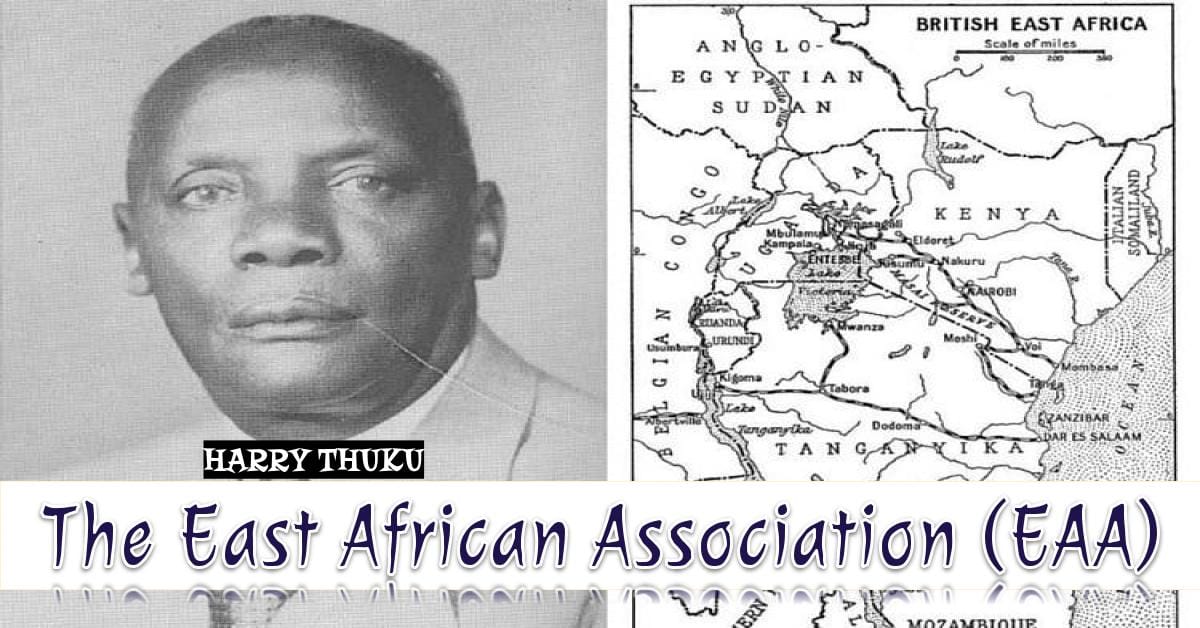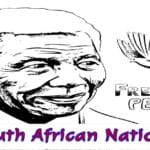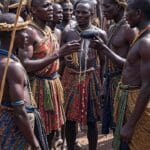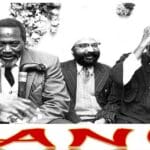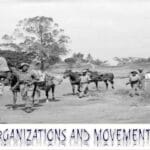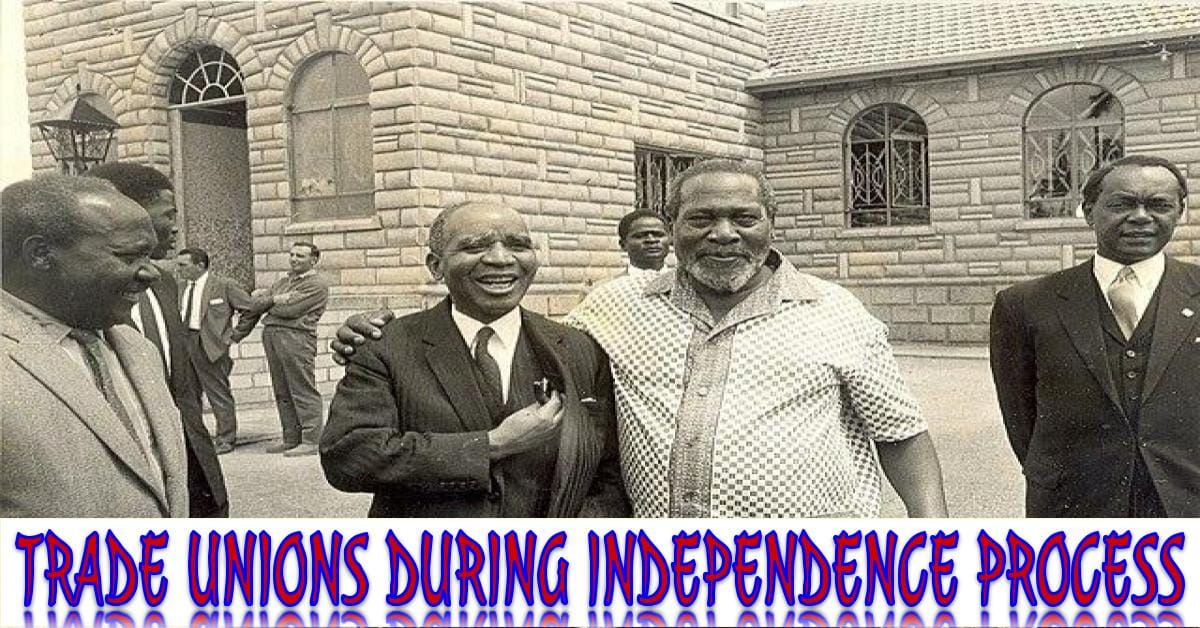🇰🇪 The East African Association 🇹🇿 🇺🇬
Pioneering Pan-African Resistance in Colonial Kenya
🌍 Introduction to the EAA
The East African Association (EAA) was the first major pan-ethnic political organization in colonial Kenya, pioneering demands for African rights and laying the groundwork for future nationalist movements.
Pan-Ethnic
First multi-ethnic political organization
Protest Movement
Organized resistance against colonial policies
Foundation
Precursor to Kenyan independence movement
📅 Historical Timeline
1921
Founded as Young Kikuyu Association (YKA)
July 1921
Renamed East African Association (EAA)
March 1922
Harry Thuku arrested, protests turn deadly
After 1922
EAA banned, but legacy continues
🌱 Origins of the Movement
Inspiration
Founded as the Young Kikuyu Association (YKA) in 1921, inspired by Uganda’s Young Buganda Association.
Founding Members
- Harry Thuku (leader)
- Abdalla Tairara
- Mwalimu Hamisi
- Muhamed Sheikh
📜 Key Demands of EAA
Land Rights
Return of alienated African lands to their original owners
Workers’ Rights
Better working conditions, fair wages, and abolition of forced labor
Political Reform
Common electoral roll and end to Kenya’s colonial status
Kipande System
Abolition of the oppressive identification system
Education
More educational facilities for Africans
Taxation
Reduction of taxes and abolition of hut tax
👥 Leadership & Expansion
Harry Thuku
Chairman of EAA
Harry Thuku, a mission-educated telephone operator in Nairobi, led the transformation from YKA to the pan-ethnic East African Association in July 1921.
Other Key Officials:
🔥 The 1922 Crisis
🌍 Consequences & Legacy
Radicalized Movements
Successor parties adopted more radical approaches against colonial “Iron Rule”
Governor Recalled
Governor Edward Northey was recalled to London by Colonial Secretary Winston Churchill
Political Restrictions
No countrywide African political associations allowed until 1945
Thuku’s Legacy
Became the undisputed flag-bearer of Kenyan nationalism
🔑 Key Takeaways
First major pan-ethnic political organization in colonial Kenya
Pioneered demands for land rights, fair labor practices, and political representation
Marked a shift from loyalist petitions to more assertive demands
1922 crackdown showed colonial government’s intolerance for organized resistance
Laid groundwork for future nationalist movements
UNLOCKED SELF-ASSESSMENT TEST ON TOPIC
Oops! Unlock More Access Rights:
If you find that you are not subscribed, consider upgrading your account or subscribing to the necessary plan to gain access.
Related Tutorials
- Key South African Nationalists and the Liberation StruggleSouth African Nationalists Key South African Nationalists and the Liberation Struggle Prominent Nationalist Leaders Nelson…
- Key South African Nationalists🧭 Table of Contents Key South African Nationalists 1. Key Figures of South African Nationalism Nelson…
- Nationalism in South Africa: Self Assessment TestUpgrade or Subscribe Oops! Unlock More Access Rights: If you find that you are not…
- Nationalism in South Africa🌍 Nationalism in South Africa The development of nationalism in South Africa was uniquely complex…
- Mozambique Nationalism: Self-Assessment TestMozambique Nationalism Quiz Mozambique Nationalism Quiz 🇲🇿 Test your knowledge about Mozambique’s journey to independence….
- Nationalism in Mozambique: The Long Road to Independence🇲🇿 Nationalism in Mozambique: The Long Road to Independence Mozambique was among the last African…
- Unlock Self-Assessment Test: EMERGENCE AND GROWTH OF NATIONALISM IN AFRICAUpgrade or Subscribe Oops! Unlock More Access Rights: If you find that you are not…
- EMERGENCE AND GROWTH OF NATIONALISM IN AFRICA🌍 EMERGENCE AND GROWTH OF NATIONALISM IN AFRICA Key Factors for the Rise of Nationalism…
- Self-Assessment Test: Constitutional Changes in Kenya Leading to IndependenceKenya Constitutional Changes Self-Assessment Kenya Constitutional Changes Self-Assessment Test your knowledge about Kenya’s journey to…
- Constitutional Changes in Kenya Leading to Independence📜 Constitutional Changes Leading to Kenyan Independence 🇰🇪 The Journey to African Representation in the…
- Women in Kenya’s Independence Struggle👩💼 Women in Kenya’s Independence Struggle A Comprehensive Tutorial on Female Heroes of Freedom 🌟…
- Kenya Federation of Labour🇰🇪 Kenya Federation of Labour 🏛️ History, Achievements, and Role in Kenya’s Independence Struggle 📜…
- The Trade-Union Movement in Kenya🇰🇪 The Trade-Union Movement in Kenya 📜 A journey through the history of workers’ rights…
- Kenya African Democratic Union (KADU)🇰🇪 Kenya African Democratic Union (KADU) 🇰🇪 Safeguarding Minority Interests in Kenya’s Independence Struggle 1960-1964…
- African People’s Party (APP)🏛️ African People’s Party (APP) 📚 Kenya’s Political History Tutorial 1 📖 Introduction & Overview…
